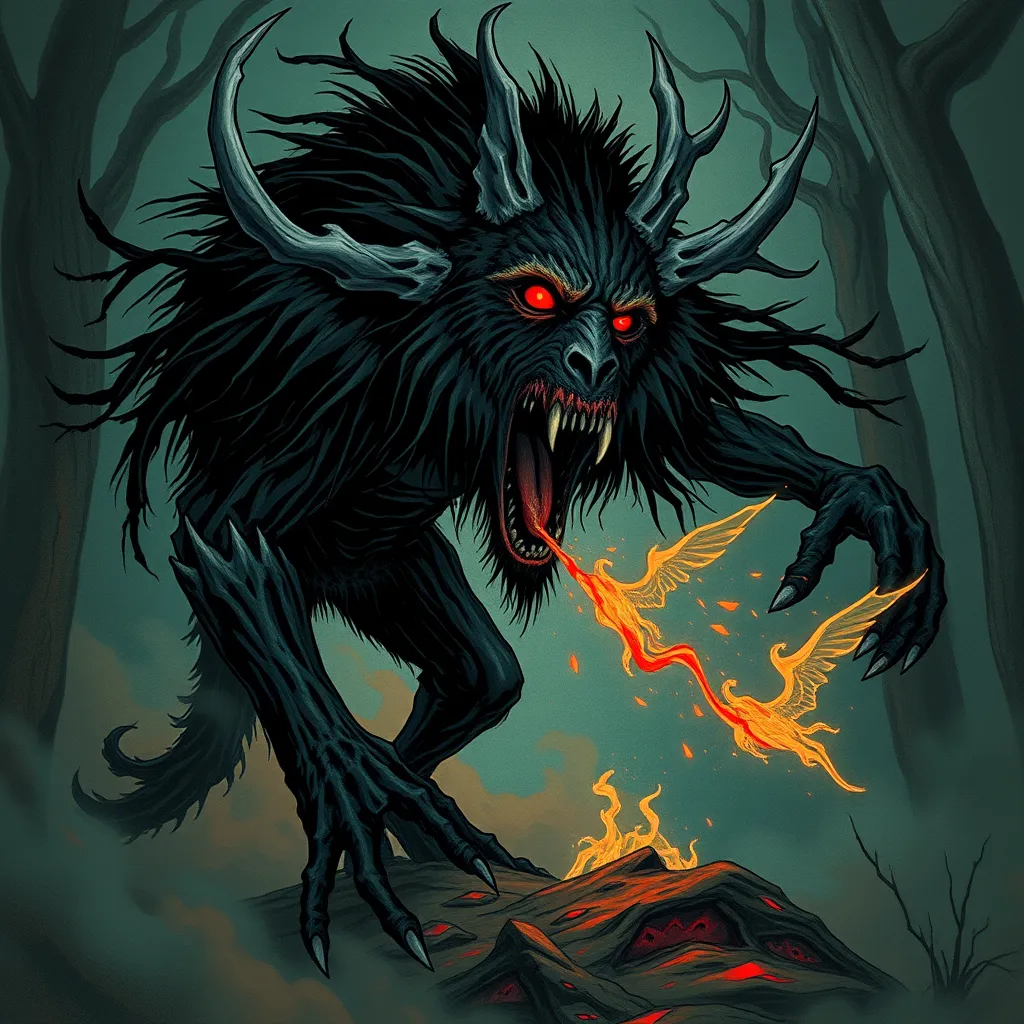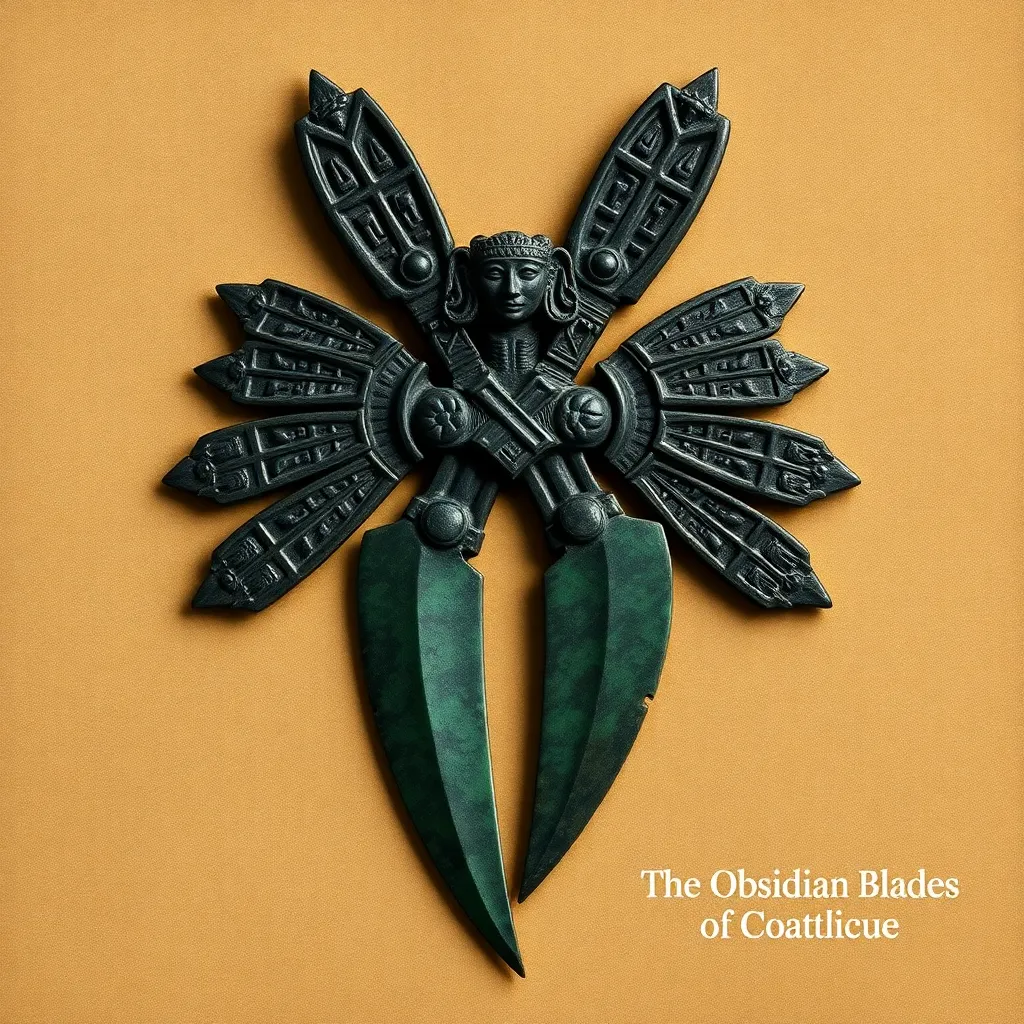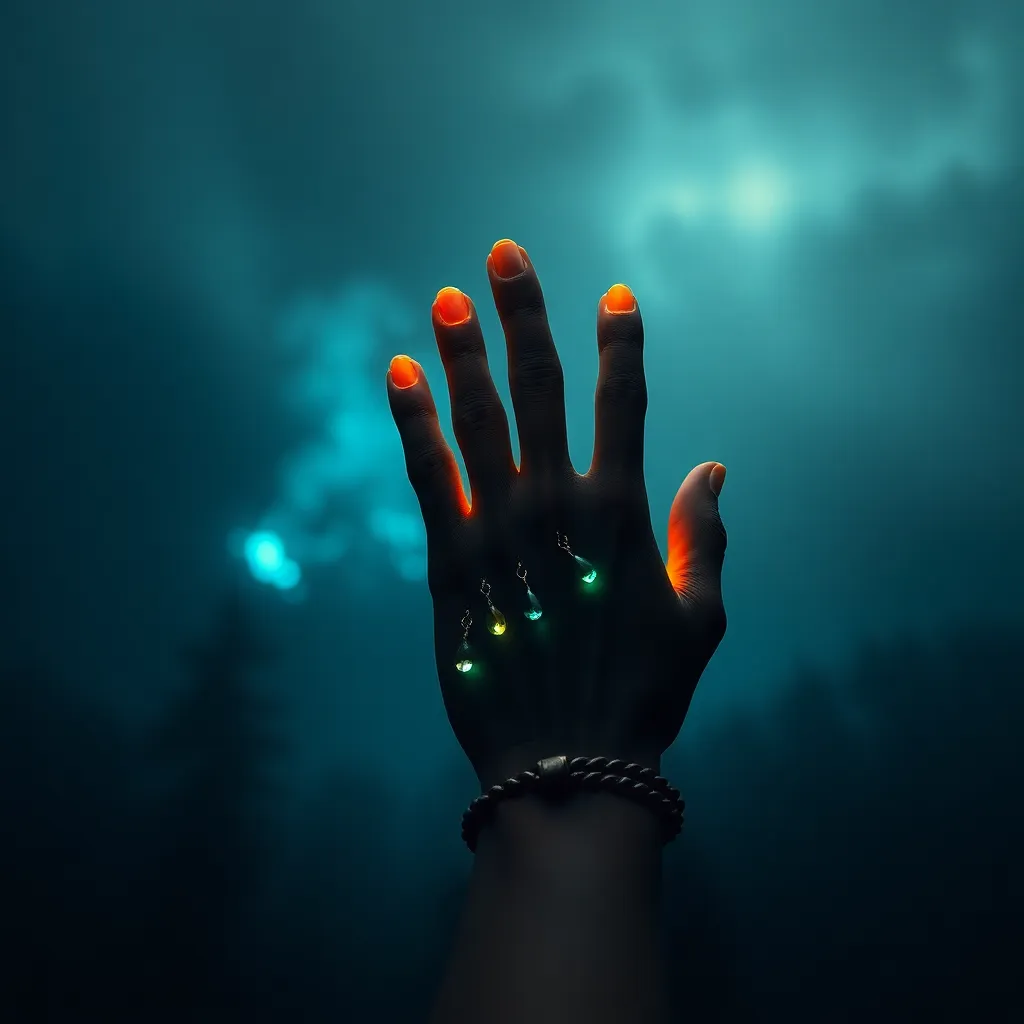The Wendigo’s Cry: Understanding the Language of This Mythological Being
I. Introduction to the Wendigo
The Wendigo is a legendary creature rooted in the folklore of various Indigenous tribes in North America, particularly among the Algonquin-speaking peoples. Defined as a malevolent spirit associated with winter, hunger, and greed, the Wendigo embodies the fears and anxieties surrounding scarcity and the human condition. Its myth serves as a cautionary tale against the dangers of unchecked consumption and moral decay.
The cultural significance of the Wendigo mythology extends beyond mere storytelling; it reflects the values, traditions, and spiritual beliefs of Indigenous communities. This article aims to explore the various dimensions of the Wendigo, particularly focusing on its cry, which serves as a powerful symbol of despair and hunger. Through examining historical roots, characteristics, and modern interpretations, we will gain a deeper understanding of this mythological being.
II. The Mythological Roots of the Wendigo
The origins of the Wendigo myth can be traced back to pre-colonial times, with early accounts describing it as a spirit that could possess humans, transforming them into cannibalistic beings. Historical records indicate that the Wendigo was used to explain instances of cannibalism that occurred during harsh winters when food was scarce.
Across different tribes, variations of the Wendigo legend exist, illustrating how local cultures have shaped its narrative. Some tribes depict the Wendigo as a giant creature with a heart of ice, while others focus on its ability to possess individuals, leading them to commit horrendous acts. In contemporary culture, the Wendigo has found its way into horror literature and films, often representing unbridled greed and the consequences of human excess.
III. Characteristics of the Wendigo
The Wendigo’s physical description varies among tribes but often includes the following attributes:
- Gaunt and emaciated appearance, symbolizing insatiable hunger
- Skin that is pale or decayed, suggesting a connection to death
- Long, sharp claws and exaggerated features, enhancing its menacing aura
Psychologically, the Wendigo embodies traits of extreme greed and consumption. It represents the loss of humanity and moral decay, suggesting that the desire for more can lead to one’s downfall. This transformation into a Wendigo-like state serves as a warning against succumbing to base desires and the perils of isolation, especially in harsh environments.
Symbolically, the Wendigo resonates with deep human fears, particularly the fear of starvation, madness, and the consequences of isolation. It serves as a mirror reflecting societal anxieties about consumption and the darker aspects of human nature.
IV. The Language of the Wendigo
The cry of the Wendigo is one of its most haunting characteristics, often described as a chilling, eerie sound that echoes through the wilderness. This cry serves multiple purposes within the folklore:
- It signals the presence of the Wendigo, instilling fear in those who hear it.
- The cry represents the insatiable hunger of the Wendigo, a longing that never ceases.
- It evokes feelings of despair and hopelessness, mirroring the struggles of those who face starvation.
Interpretations of the Wendigo’s cry vary, but it is often seen as a call to the lost souls, beckoning them to join in its eternal hunger. In many stories, those who hear the cry risk losing their humanity, becoming consumed by their own desires.
V. The Role of the Wendigo’s Cry in Storytelling
The cry of the Wendigo serves a crucial function in myths and legends. It acts as a narrative device that heightens tension and evokes emotional responses from listeners. The sound often signifies impending doom, reinforcing the idea that the Wendigo is always lurking, ready to prey on the weak.
The emotional impact of the Wendigo’s cry extends to communities as well. It fosters a collective understanding of the dangers that come from excessive greed and isolation, encouraging shared values of community and restraint. Moreover, the Wendigo’s cry serves as a cautionary tale, warning against the consequences of straying too far from communal norms and ethical practices.
VI. Modern Interpretations and Representations
In recent years, the Wendigo has made a significant impact in literature and film. From horror novels to popular television series, the Wendigo is often depicted as a monstrous figure representing the darkest aspects of human nature. Some notable representations include:
- The novel “Pet Sematary” by Stephen King, which draws on Wendigo mythology to explore themes of death and resurrection.
- The film “Antlers,” which reimagines the Wendigo as a frightening creature that symbolizes the consequences of addiction and environmental decay.
- Video games like “Until Dawn,” which incorporate Wendigo-like creatures to enhance the horror experience.
The resurgence of interest in Wendigo mythology reflects a broader fascination with Indigenous cultures and their narratives. As contemporary audiences engage with these stories, they often find parallels to modern societal issues, such as consumerism, addiction, and the fear of isolation.
VII. The Psychological and Cultural Implications
Psychologically, the Wendigo serves as a metaphor for addiction and excessive consumption. The transformation from human to Wendigo parallels the descent into addiction, where the individual becomes consumed by their desires, losing their humanity in the process. This connection raises important questions about societal values and the consequences of modern living.
Furthermore, the Wendigo myth highlights the relationship between folklore and societal issues. The narrative serves as a reflection on humanity’s struggle with moral dilemmas, the fear of the unknown, and the concept of ‘the other.’ The Wendigo embodies these fears, illustrating the dangers of isolation and the potential for darkness within us all.
VIII. Conclusion
In summary, the Wendigo and its haunting cry encapsulate a rich tapestry of Indigenous mythology that speaks to fundamental human experiences. From its origins in folklore to its modern representations, the Wendigo serves as a powerful symbol of hunger, despair, and the consequences of unchecked desires. Understanding and preserving these narratives is crucial, not only for honoring Indigenous cultures but also for recognizing their relevance in contemporary society.
As we reflect on the Wendigo’s significance, we are reminded of the importance of community, restraint, and the dangers of losing ourselves to our basest instincts. The Wendigo’s cry continues to resonate, serving as a chilling reminder of what lies at the fringes of humanity.



